Welcome to Part II of the 2019 Big Beers Seminar Experience! If you missed Part I or the recap of the festival weekend, visit the links below to get caught up.
The 2019 Big Beers, Belgians & Barleywines Festival Experience
2019 Big Beers Seminar Experience Part I: Water Chemistry
Foraging For Beer
Augie Carton, Brewer and Owner, Carton Brewing Co.
Nile Zacherle, Founder and Master Brewer, Mad Fritz Brewing
Dan Rabin, Beer and Travel Writer, Author, Homebrewer
Ross Koenigs, New Product Research and Design, New Belgium Brewing Co.
John Holl, Senior Editor, Craft Beer & Brewing Magazine
The heaviness of water chemistry from the previous seminar seemed to roll off my back as John Holl eased us into the next topic. Holl has the presence of a seasoned radio show host crossed with a comedian. His warm, yet concise tempo was an excellent change of pace. Though I knew little about foraging, the question marks above my head seemed less pronounced as the panel joked and even giggled a bit. There’s a sense of simplicity – and yet mystery – to the process of picking things up from the ground and putting them into beer, which is what I’m sure filled most seats in the room. You can leave the chemistry degree at home for this one. Just be ready to get your hands dirty!
- Forage for your water! Author/Travel Writer Dan Rabin discussed why he chooses to use spring water as opposed to municipal water. Nile Zacherle weighed in on his findings with hard and soft spring water not making much of a difference in flavor profile. But the importance lies not in what the water can contribute, but in what it doesn’t! Municipal water is treated with chemicals that can impart off flavors and aromas to beer, including chlorine or chloramine. Spring water is usually free of chemical additions and still safe to consume. Rabin suggested using the website www.findaspring.com to locate a spring close to you.
-

John Holl, Senior Editor, Craft Beer & Brewing Magazine Nile Zacherle of Mad Fritz used geranium and thyme for his foraged kölsch. Considering seasonality, Nile sourced his foragables from the French Laundry garden. The geranium flowers and thyme were cold side additions, and spent two weeks in a brite tank with the beer. The result was subtle aroma and big flavor. It was like drinking sweet perfume with a mild savory character and very low bitterness. Delicate layers of flavor helped create a sense of complexity without overwhelming the palate.
- Augie Carton’s foraged contribution was titled Decoy, which is an American Quad with cumin, coriander, honey, Sichuan red peppercorns, and lavender. Decoy was inspired by a five spice roast duck from the restaurant Eleven Madison Park. If it works in a dish, why not a beer? It had all the intensity of a Belgian Quad, but wrapped in a cleaner, less phenolic American fermentation profile. Tune into the podcast Steal This Beer for more from hosts Carton and Holl about this duck of a beer (Episode 198).
- Ross Koenigs of New Belgium presented a beer that he truly foraged himself. His firkin of Belgian dubbel was brewed with Chimay yeast, and a “financially irresponsible rate” of morel and king oyster mushrooms. He used 5g/L of dried mushrooms, which produced an incredibly interesting beer. The flavors were rich, dusty, and almost salty with an umami finish. I can’t say it’s something I’d want to drink a lot of, but I definitely enjoyed the hell out of the small sample I had. I feel like it’s a beer that would change rather drastically over the course of consumption. It had quite a story of flavors.
- Morel Foraging Tips!
- Morels are in season for about 4-5 weeks a year starting around Mother’s Day in the Platte River Basin. They can be found on/around dead or dying deciduous trees when the temperature is 40-45 degrees F, especially after rainfall.
- In areas that were burned by a wildfire, black morels can be found growing 1-3 years later.
- Zacherle quipped that morels were “the Genghis Khan of mushrooms”, in reference to how generously they sporulate in order to continue the species. That one got a good chuckle from the room. 😉
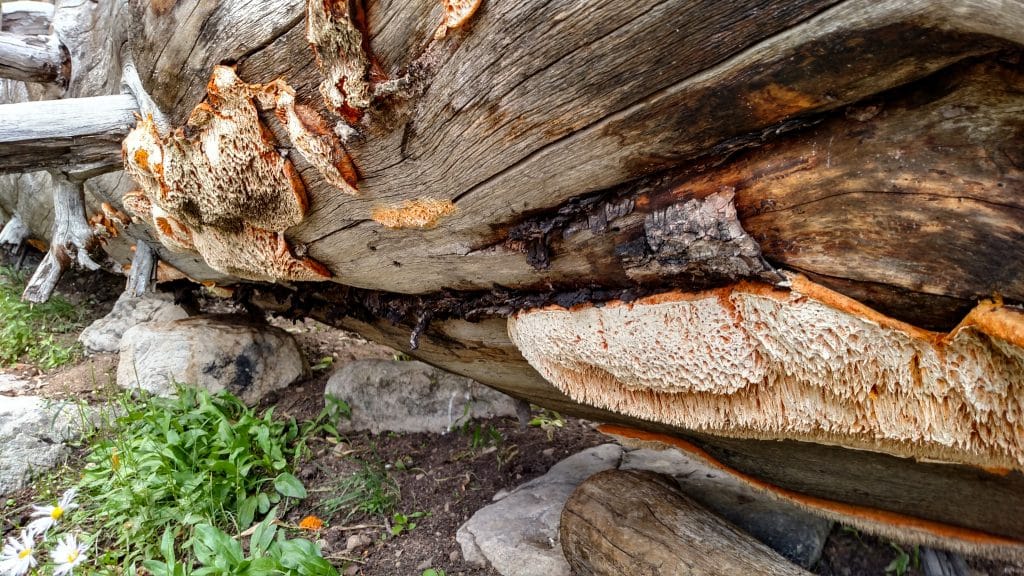
- Carton also made mention of using white truffles in their beer titled Gilded Lily. It’s a tripel or “Trufpel”, as they call it, that uses three pounds of white truffles per 30 bbl batch. This beer wasn’t included as a sample for the presentation, but I sought it out during the festival. It was right at home in the category of “you’ll never drink anything like it”. I can’t really describe it without blushing, so you’ll just have to try it sometime.
- Some tips on using foragables…
- Sous vide foraged ingredients at 180 degrees F for over 48 hours to pasteurize them. This will insure you don’t introduce any unwanted wild yeast to your foraged beer.
- Using ingredients in both the hot and cold side of brewing will produce a greater depth of character. These repeated introductions will allow different characteristics of the foraged ingredient to be emphasized for a multidimensional effect in aroma and flavor.
- Ethanol is a great extracting agent. Using 50%-70% ethanol is best. Anything over 70% ethanol is not efficient. That’s right, don’t use everclear!
- If you aren’t using your ingredients super fresh, consider kilning them. This will help preserve their character and slow the process of degradation.
- There was a particularly useful note made about the use of dehydrated ingredients. When water has been removed, it will take wort to rehydrate the ingredients. It’s important to account for their absorption rate before use so you can adjust your target volume for wort.
-
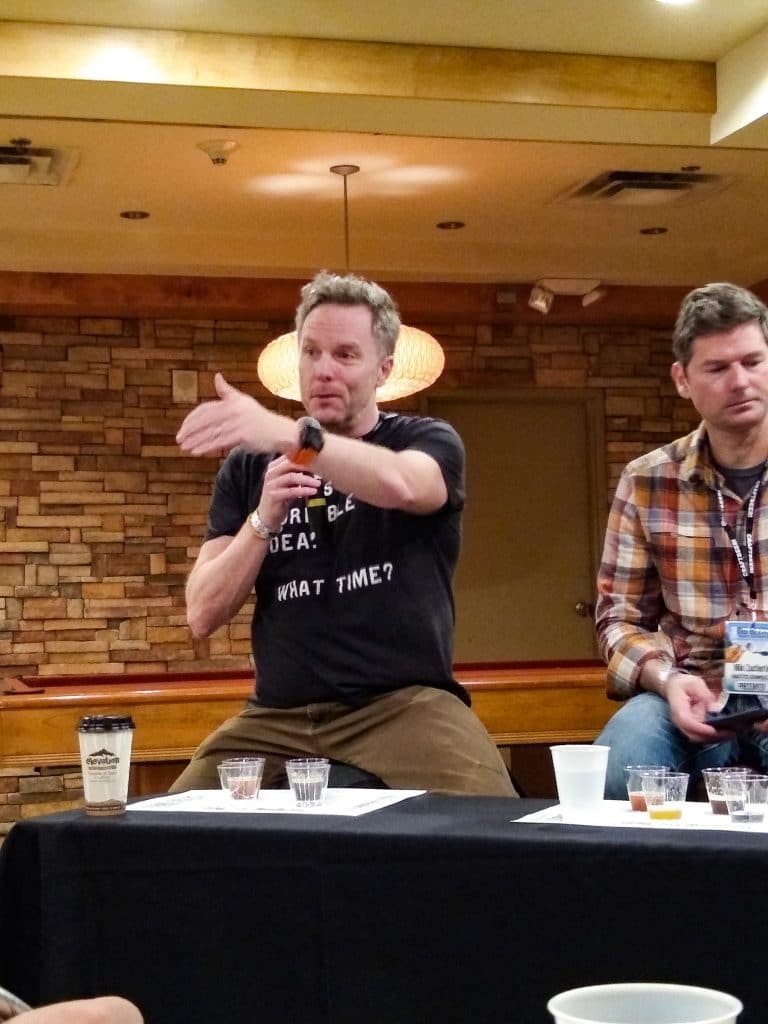
Augie Carton, Brewer and Owner, Carton Brewing Co. The short Q&A session yielded a critical question to the panel – “How is foraging for commercial use ethical?” I had spent part of the seminar wondering why I was learning more about the use of foraged ingredients than the actual foraging of them. The response was that it’s best to purchase foraged ingredients from someone who is foraging responsibly, especially when using amounts appropriate for commercial use. While foraging mushrooms for a firkin isn’t likely to have a negative effect on the environment, robbing a forest of every edible mushroom it has for use in a large scale industrial batch of beer is irresponsible. This was a rather unique angle I hadn’t thought about before, but it absolutely explained why the seminar was more about the use of foragables than foraging.
Big thanks to the panelists, volunteers, and coordinators that helped make this seminar a success! The landscape will always look a bit more like beer, now. 🙂
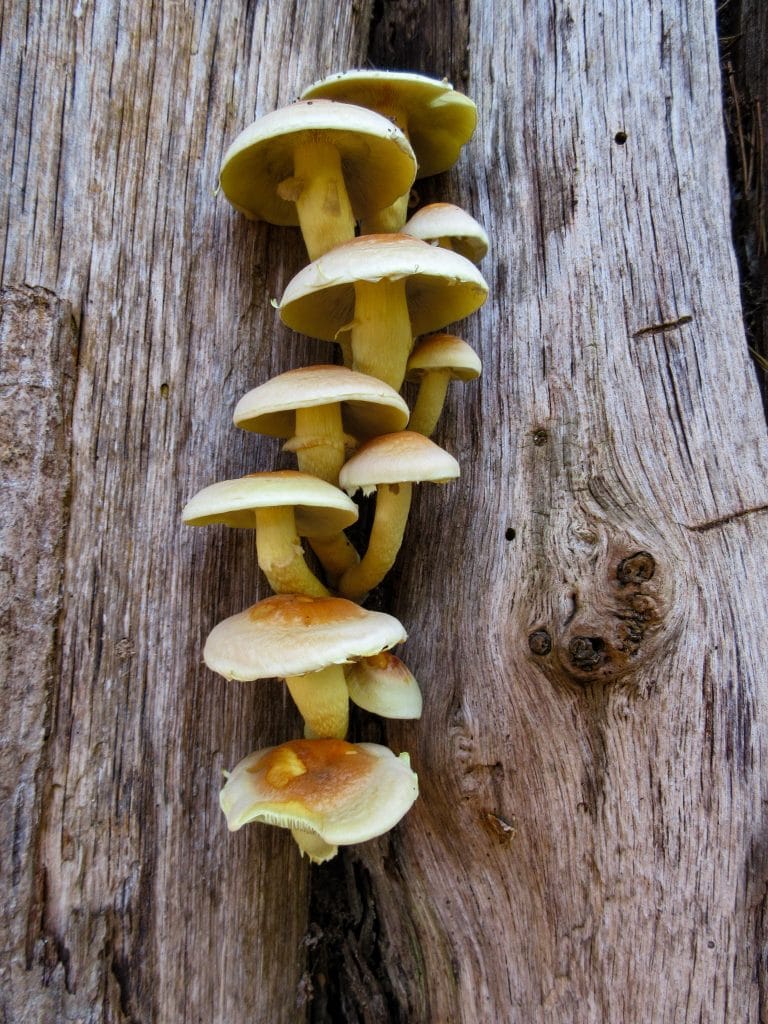
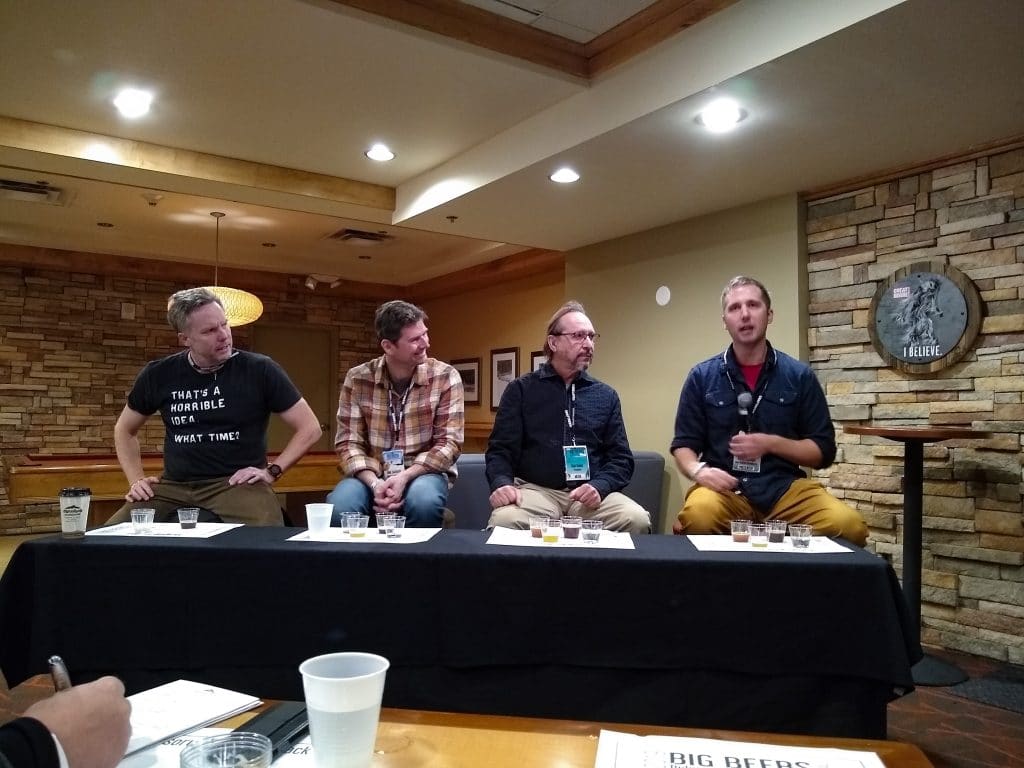
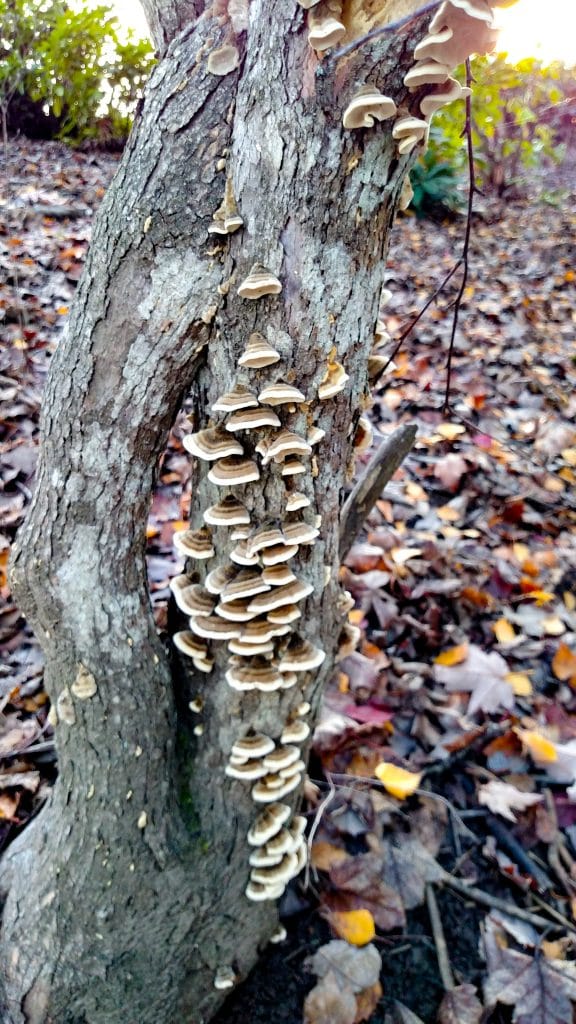
[…] 2019 Big Beers Seminar Experience Part II: Foraging For Beer […]